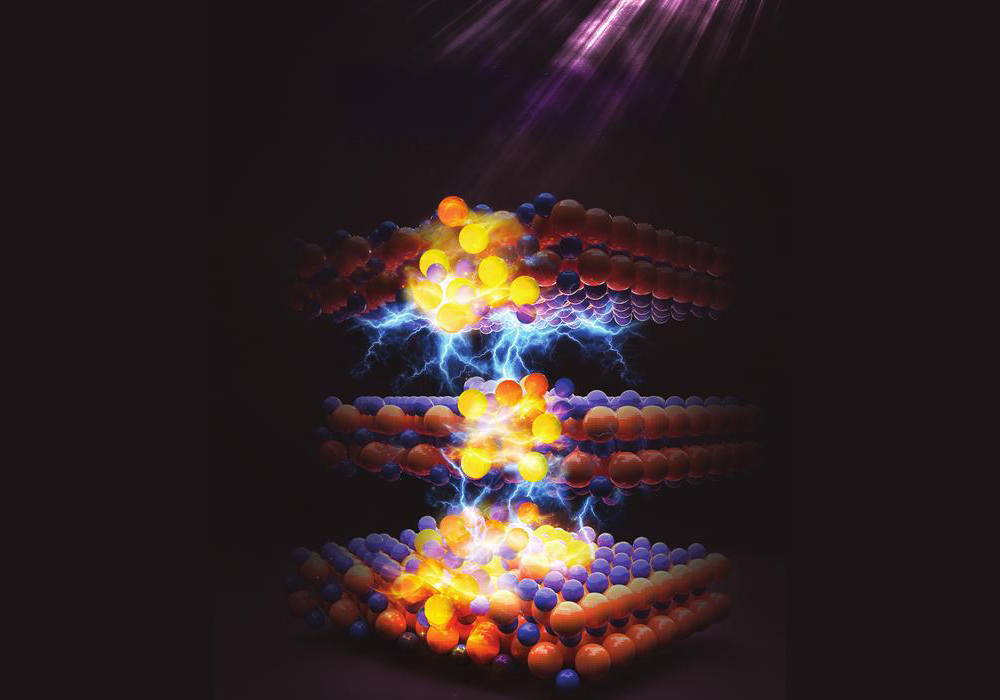
A team led by Yale University researchers has successfully implemented simple algorithms using a quantum processor based on microwave solid-state technology – similar to that found in computers and cell phones. The new processor is far from conventional, however, in that it uses the potent power of quantum mechanics to bring the dream of quantum computing a small but significant step closer to reality.
The work was supported in part by the Yale Center for Quantum and Information Physics, funded by a grant from the National Science Foundation’s Division of Materials Research and Division of Physics, and by the Army Research Office and National Security Agency. The findings were published online in the June 28 issue of Nature.
“This result is an important step forward towards all-electronic quantum information processing,” says Wendy Fuller-Mora, program director for the NSF Division of Materials Research/Condensed Matter Physics.
“Our experiment can only perform a few very simple quantum tasks, which have been demonstrated before using other systems such as photons, trapped ions and nuclear magnetic resonance,” says Robert Schoelkopf, a principal investigator and professor of applied physics and physics at Yale. “But this is the first time it has been done in an all-electronic device, which looks and feels much more like a regular microprocessor.”
The team used artificial atoms as quantum bits, or qubits. Although made from over a billion aluminum atoms in a superconducting electronic circuit, these qubits behave as single atoms. The difference is that the manufactured “atoms” are much larger and therefore easier to control than single atoms or other types of qubits.
Just like a single atom, an artificial atom can be stimulated into different energy states, akin to the “on” and “off” states of the bits in conventional computers. But following the counterintuitive laws of quantum mechanics, the scientists can also place these artificial atoms in “superpositions” of quantum states-both “off” and “on” at the same time. This wider variety of possible states allows for greater information storage and processing power.
“We had done some earlier experiments that connected two artificial atoms in a resonant cavity bus, which is basically a microwave transmission wire,” says Schoelkopf. “The setup is analogous to two hydrogen atoms held between shiny mirrors – when they emit an ultraviolet photon, it bounces back and forth between the mirrors. In the same way, a microwave photon bounces back and forth between the two qubits, transmitting information to each other along the bus.”
“The success of the experiment relied on integrating three previously demonstrated capabilities ” says Leonardo DiCarlo, lead author of the Nature paper.
According to DiCarlo, the key building blocks included: local tuning of qubits on nanosecond timescales, which enabled the researchers to switch the interaction between the qubits “on” and “off” abruptly; a joint readout scheme that efficiently details two-qubit correlations; and state-of-the-art coherence times of about 1 microsecond for both qubits.
“The goal is to make a scalable device, with thousands and thousands of qubits working together. This is still a long way off, but the idea of using standard integrated circuit technology makes it easier to imagine that it might be possible someday.”
Although the quantum processor itself must be kept near absolute zero in order to maintain the superconducting properties of the circuit, DiCarlo said that the rest of the system looks like a typical processor, with only wires going into the system and wires coming out.
“I’m relatively optimistic that we should be able to combine three or more qubits soon,” Schoelkopf says. “But to make a system which will actually perform computations on your laptop would take a thousand qubits. It’s hard to see that far into the future, but this experiment is a significant step forward.”
CTT Categories
- Electronics
- Material Innovations

